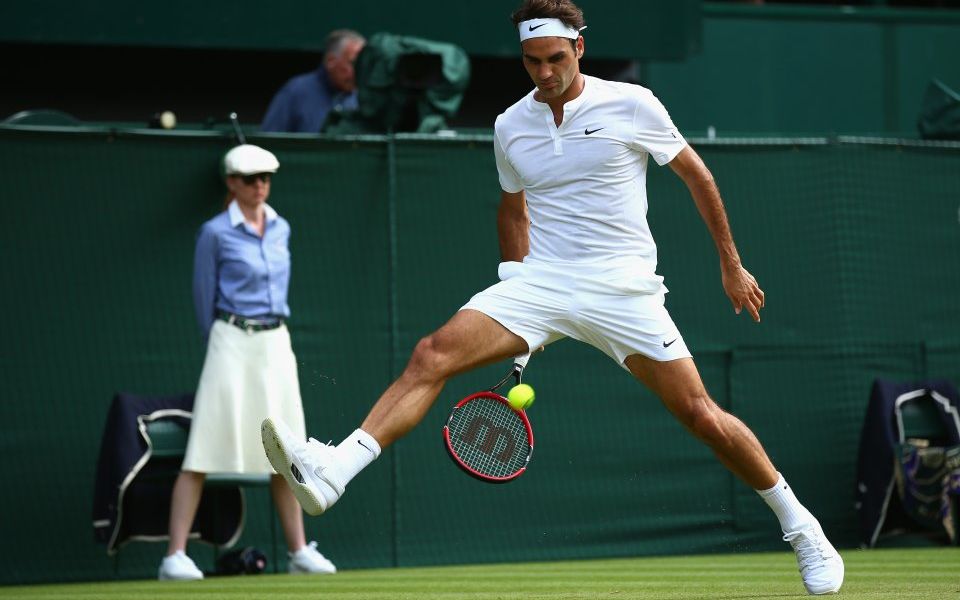AI in tennis may be game, set, and match for humans

DURING the recent Wimbledon tennis championship, in a room beneath the courts, dozens of data scientists and sport experts sat watching all of the tournament’s matches.
This was the IBM tech bunker, where computers were capturing live data about every player for every game of tennis happening above. IBM has been working with Wimbledon for 29 years, developing its Slamtracker technology and incorporating the Hawk-Eye camera system to capture as much data and analysis as possible.
The data ranges from the obvious – how many aces, how many errors, how many faults – to the intricate – who won break points, who was under pressure, how aggressive was each player?
For example, did you know that 80 per cent of points are scored in the first four rally range? Whether that means anything to you depends on how much you care about tennis, but that’s the kind of invaluable data the IBM system can capture.
It helps players and coaches with their post-match analysis, and provides journalists and commentators with insights that can create stories and engage audiences.
The data is also valuable for helping fans – both experienced and newcomers – understand the game on a deeper level, and learn the difference between various types of serves and shots.
“Sport is a story, it just needs a little bit more explaining,” says Sam Seddon, IBM’s client director.
“The more you can explain it and understand it and empathise with it, the more you can emotionally engage with what is happening in front of you.”
What strikes me most during my tour of the bunker is how much real human involvement is required to capture the data. IBM needs to train tennis professionals to use its data entry system, as much of the game requires expert human interpretation – so much for the robots doing all our jobs.
According to Seddon, this human involvement is likely to continue, as we’re still some way off letting machines and artificial intelligence (AI) do all the work. The technology is still not 100 per cent accurate. The Australian Open did a public hackathon which challenged people to design systems to capture a particular data point, but even the best one was only 85 per cent accurate.
While retinal cameras and technological advances may fix the accuracy issue, there’s also a cultural element to tennis that will resist automation. A camera may be just as good a job as a line judge at calling when the ball is “out”, but some would argue that line judges are integral to the spirit and tradition of Wimbledon.
That’s not to say there’s no place for AI in tennis. It has a particularly important role in engaging the audience, rather than just keeping score. AI is able to analyse game footage and select match highlights based on how loud the crowd cheers or how animated the players are, and can make these selections far quicker than a human. IBM designed a chatbot that keeps fans updated with news whenever a player scores a point or wins a match.
And IBM’s Watson, a supercomputer AI, helps with cybersecurity: it had defended against two million threats at the time of my visit.
While humans are still highly involved in the data and analysis side of the sport, technology is making an impact. We may not be far off from replacing the umpire with a robot.